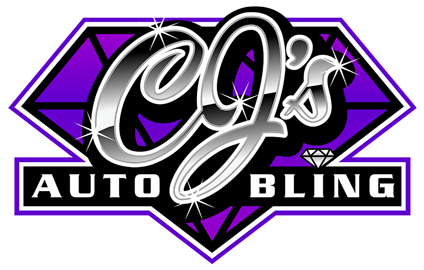
Why Does Water Bead?
Despite how it feels to our fingers, water is actually quite sticky. The adhesive properties of water molecules cause them to cling to surfaces that have any sort of texture, even microscopic textures that we can’t see with our naked eye or feel with our fingers. Consider the way condensed water droplets can cling to a vertical window, seemingly defying gravity – this is an example of adhesive forces in action.
Water also sticks to itself, due to “cohesive forces”, forming droplets. Cohesive forces are why water tends to form into beads on a surface rather than spreading out into a flat surface. Cohesive bonding is a natural characteristic of water, and we can’t alter those forces without helically altering the water itself.
However, we can control the way water adheres to a surface by changing the texture of that surface. This is the fundamental knowledge behind why water beads off a freshly waxed car or a car that has a ceramic coating. When water can’t stick to a surface, you will see it running off the surface as gravity pulls it to the ground. Surfaces that don’t allow water to stick to them are called “hydrophobic”.
Hydrophobicity
A surface will be described as hydrophobic when it excels at shedding water. Lots of natural surfaces are hydrophobic – for example, many leaves are great at shedding rainwater. When rainwater hits these leaves, you will see the water bounce or run right off.
For vehicles, the best way to achieve hydrophobicity is by making the exterior surface as smooth as possible. If the surface is smooth (and we mean smooth on a molecular level), there is nothing onto which the water molecules may form a bond, so water just falls away.
For vehicles, the best way to achieve hydrophobicity is by making the exterior surface as smooth as possible. If the surface is smooth (and we mean smooth on a molecular level), there is nothing onto which the water molecules may form a bond, so water just falls away. When water can’t stick to your car, neither can mud or dirt. Under extremely hydrophobic conditions, all that’s needed is a quick blast from the hose to fully clean a vehicle.
The clear coat that is applied to all modern vehicles is quite smooth out of the factory but easily gets micro-scratches and scuffs. After even a few days of driving, water will cling to clear coats. Waxes have been the tried and true method of protecting our vehicle’s paint for decades, and succeed at providing a smooth surface for water to run off of.
The Best Hydrophobic Coating
While waxes work, they are labour intensive to apply and don’t last very long. To get the best performance out of your auto wax, you would most likely find yourself reapplying every few weeks. This is why so many auto enthusiasts are switching over to ceramic coatings.
A ceramic coating is the ultimate way to turn your vehicle’s exterior into a water-shedding detailer’s dream. Ceramic coatings help your car stay cleaner for longer, and washing it is essentially effortless. Possibly the best part about ceramic coatings is that a single application will protect your paint for years to come. Read more about different coatings and their warranties right here.
How to Get a Ceramic Coating
At CJ’s Autobling, we admire the DIY spirit and respect motorists who would rather take things into their own hands. However, after decades in the industry, we have learned that there are some things that just shouldn’t be attempted at home. Ceramic Coatings fall into the “pros only” category for a variety of reasons, notably that professionals have access to equipment and products that consumers can’t get their hands on. A ceramic coating from a pro shop is miles ahead of a ceramic coating attempted at home.
CJ’s has been leading the charge for ceramic coatings in Victoria, and has partnered with Feynlab to offer residents of Vancouver Island the best products in the world. Read more about our amazing product line with the link above, and then send us a message to get started on your project.
